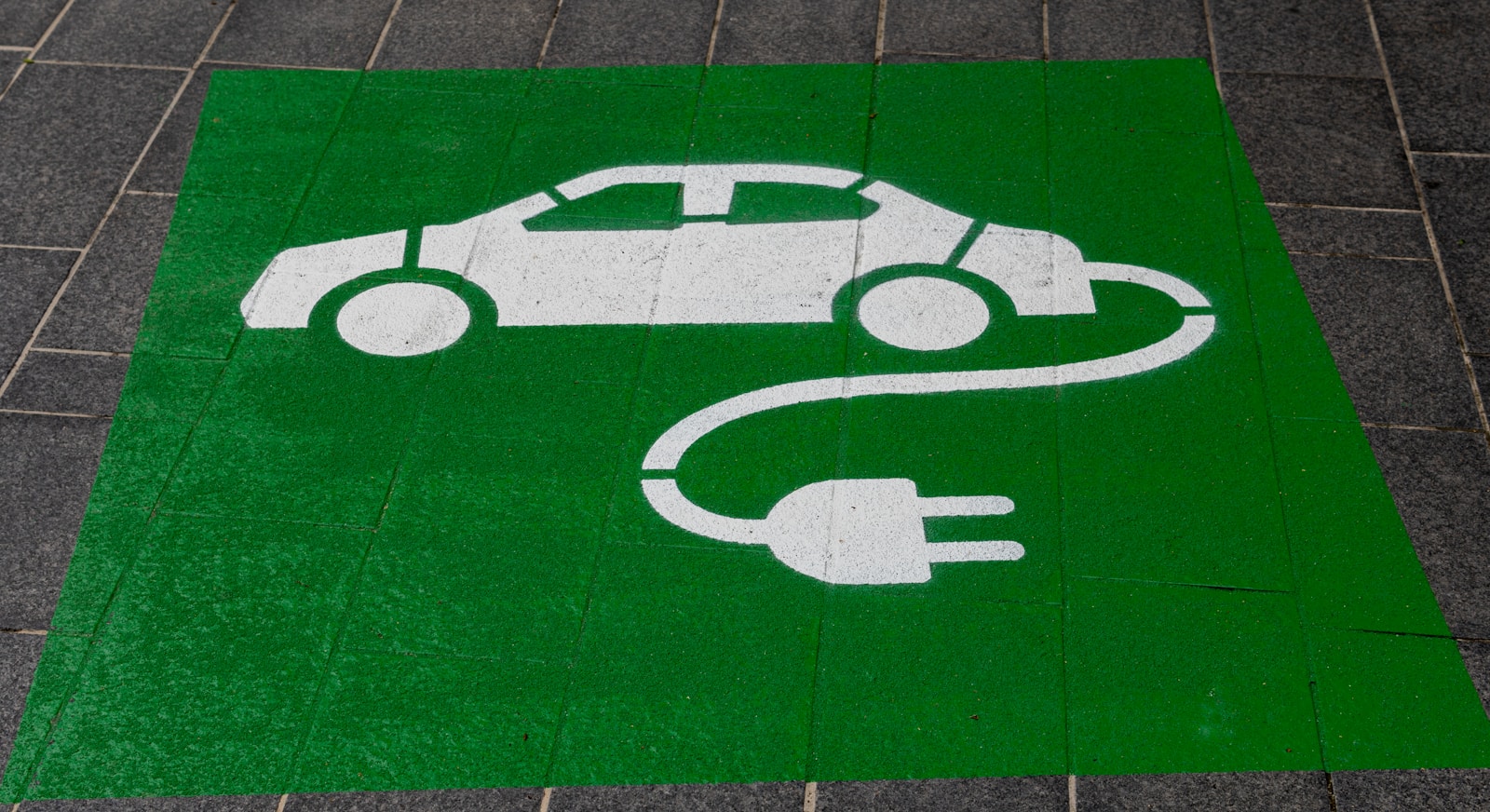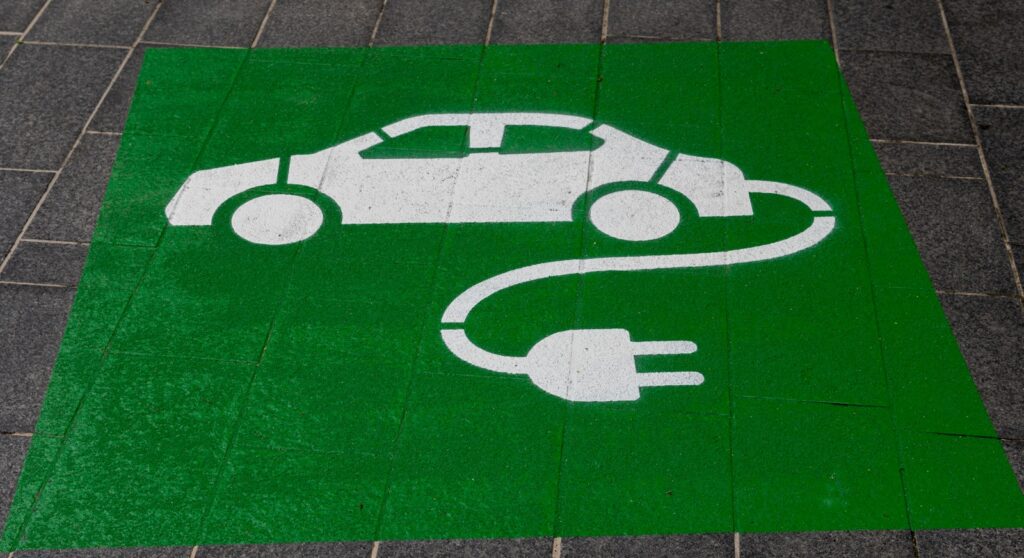Electric Vehicles or Carbon Capture
By Branko Terzic

Perhaps, with the US electric grid stressed, it is not the best time to be subsidizing electrification of transportation and electricity substitution for natural gas for heating and cooking. Electricity demand is also growing to meet requirements for new data centers and other uses. An alternative to reducing carbon dioxide emissions might be to, for an interim period, finance carbon capture and sequestration (CCS) from the atmosphere. This calls for a “where” and “how” explanation.
Where - Location
The ideal location for CCS facilities would be sites which have availability of low-cost fuel and land. The logical sites would be those in remote locations too far away from economic delivery of the on-site energy source to any retail customers.
Ideally the energy source would be non-carbon emitting such as geothermal, solar, wind, tidal power, and even remote nuclear facilities such as the new generation of small modular reactors. The solar panels could be the cheapest least efficient as land area would not be a problem. Candidate locations could include the Sahara, Gobi and other deserts or the Arctic and Antarctica are an energy source is identified. Icelandic or similar geothermal may also be an economic CCS energy source.
Some remote fossil fuel locations may also qualify if net carbon capture is positive. (Carbon captured is greater than carbon produced.) This might be, for example, associated natural gas which is currently being flared.
How - Payments
CCS entrepreneurs would be paid from an international fund collected annually from the world nations. The payments would consist of two parts: one part based on the nation’s contribution to the accumulated CO2 in the atmosphere from 1800-2025. The second part would be based on annual carbon dioxide contributions going forward. This two-part payment method would recognize the much lower contribution made to the greenhouse gas inventory by developing countries.
Stimulating Innovation
The availability of funds for CCS may stimulate new technologies. Money does that.
The Honorable Branko Terzic is a former Commissioner on the U.S. Federal Energy Regulatory Commission and State of Wisconsin Public Service Commission, in addition he served as Chairman of the United Nations Economic Commission for Europe ( UNECE) Ad Hoc Group of Experts on Cleaner Electricity. He hold a BS Engineering and honorary Doctor of Sciences in Engineering (h.c.) both from the University of Wisconsin- Milwaukee.
#BrankoTerzic #energy #regulations #experience #research #future #opportunity #strategy #management #people #electricity #power #Tesla #ElectricCar #utilities #RenewableEnergy #power #electrical #electricalgrid #renewableenergy #windturbine #windpower #wind #cleanenergy #energy #windturbines #engineering #powerlines #powerdistribution #powersystems #electricalengineering #cleanenergy #powersector #gogreen #climatechange #electricvehicle #electric #electriccars #teslamodel #cars #car #teslamotors #teslamodels #model #electricvehicles #teslalife #elonmusk #teslamodelx #emobility #teslaroadster #teslaowner #zeroemissions #teslacars #electricmobility

